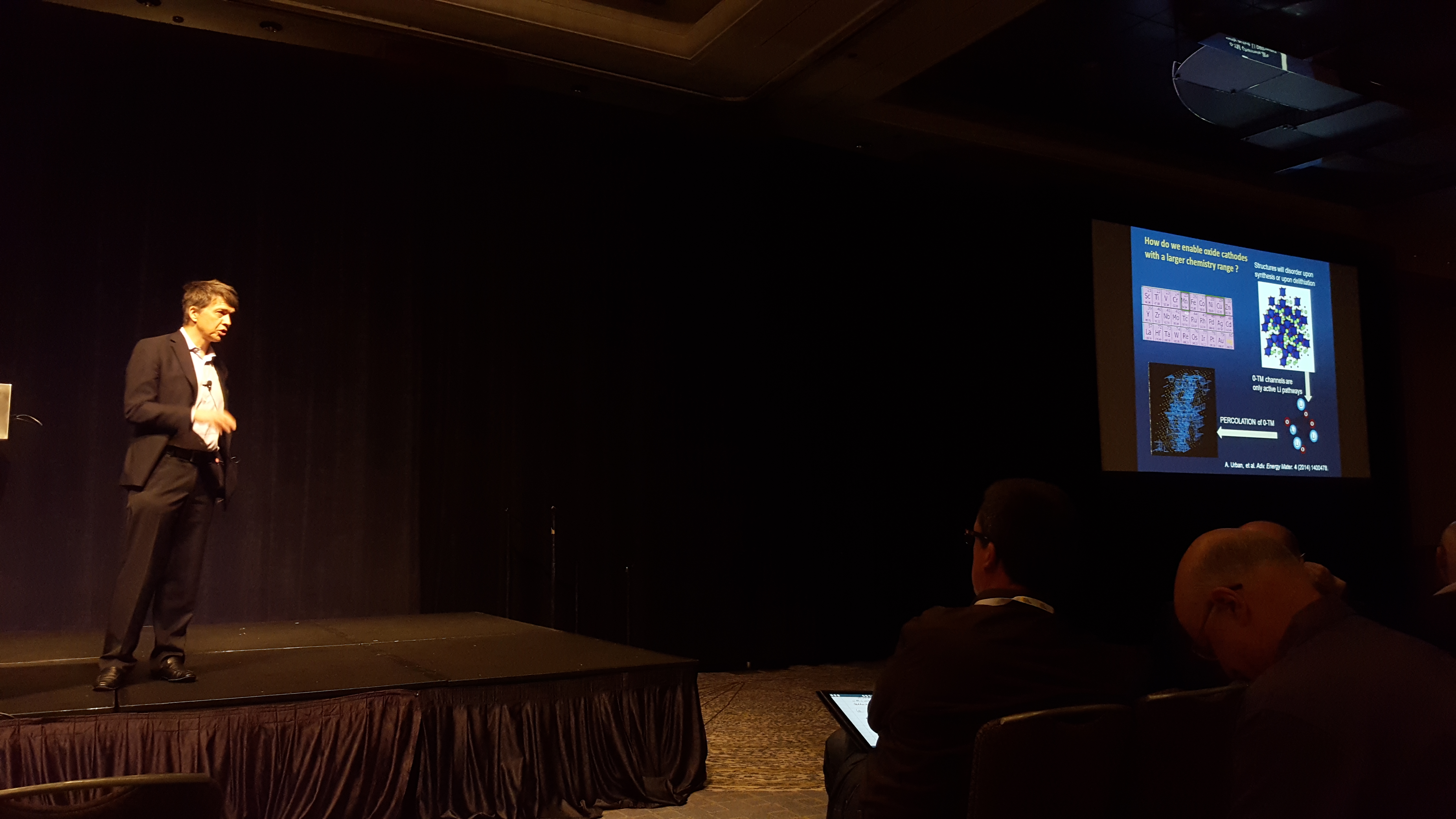Gerbrand Ceder presents on Li-excess batteries at the 18th International Meeting on Lithium Batteries
The highest energy density cathode materials are currently found among the layered compounds based on Ni,Co and Mn, but achieving much more than 200mAh/g has become difficult. Two new ideas are promising to obtain substantially higher cathode capacity: 1) By using a substantial amount of Li-excess, cathodes can be made tolerant to metal disorder thereby enabling the use of a much larger group of transition metals, while achieving capacities well above 200 mAh/g. 2) Reversible redox process that take place on the oxygen ions rather than on the transition metal ions are now well established and can reduce the transition metal content of cathode compounds. Join Professor Gerbrand Ceder at his talk at the 18th International Meeting on Lithium Batteries as he explores the physics of both these new directions and demonstrates with several examples how they have enabled novel high-capacity cathodes.
View his slides here or on the presentations page and associated papers and our other publications on the publications page. Associated papers listed on slide 2 of the presentation are available here:
Oxygen redox activity
Percolation in cation-disordered structures
Covalency and hybridization of the TM-3d and O-2p in layered cathodes
Electronic Structure effects on Transition Metal Migration

